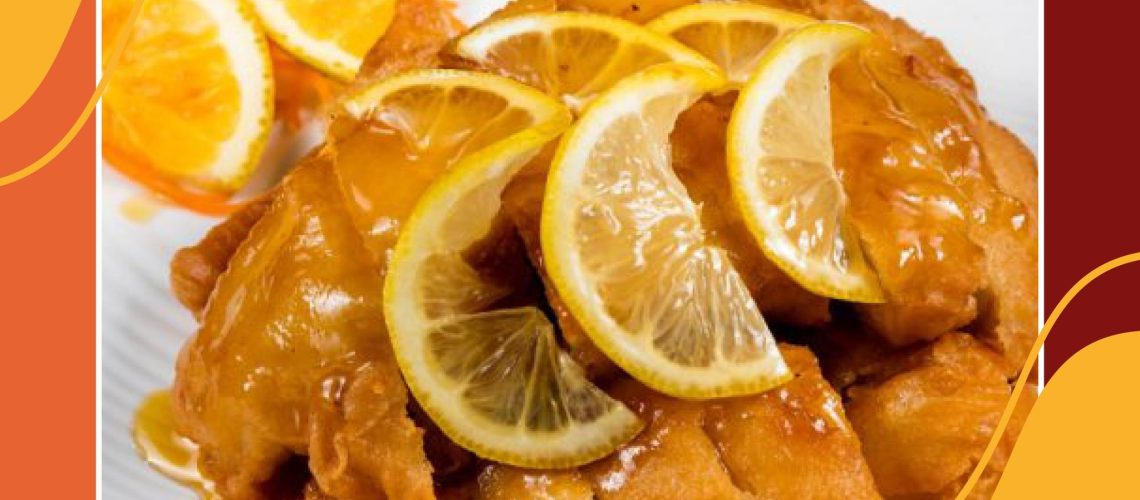Malaysian food is one of the most popular and influential cuisines in Southeast Asia. Drawing on a rich melting pot of cultures, it has been shaped by Malay, Chinese, Indian, and Thai influences. As a result, it is incredibly diverse and offers something for everyone. Read on to know more about the cuisine and everything in between for better appreciation.
A Teaser
Some of the most popular Malaysian dishes include:
– nasi lemak (coconut rice),
– rendang (spicy beef curry),
– satay (grilled meat skewers),
– char kway teow (stir-fried noodles)
– laksa (noodle soup)
– roti canai (flatbread with curry).
The complete origins of Malaysian dishes h2
Malaysian cuisine is a unique blend of Malay, Chinese, Indian and other influences. The country’s diverse cultures have all contributed to its culinary traditions. It is often spicy and rich in flavour. Common ingredients include chili peppers, ginger, garlic, and lemongrass.
Of course, it won’t be complete without coconut milk, fish sauce, and tamarind. Rice is the staple grain, and noodles are also popular. With its tantalising flavours and rich history, Malaysian cuisine is sure to delight and intrigue anyone who tries it. So why not give some of these dishes a try the next time you’re in Malaysia? You won’t be disappointed!
Malaysian cuisine is special
Malaysian cuisine is unique in its own way. It is a fusion of Malay, Chinese and Indian influences, which can be seen in the variety of dishes that are available. One of the things that make their food special is the use of spices. This gives the dishes a lot of flavours and makes them very fragrant. Another thing that makes Malaysian cuisine special is the use of fresh ingredients. This results in food that is healthy and nutritious.
Malaysia also has a wide variety of seafood available. The warm climate and the proximity to the sea mean that there is an abundance of fish and seafood to choose from. This makes Malaysian seafood some of the freshest and tastiest in the world.
So, what makes Malaysian cuisine special? It is the combination of all these factors – the use of spices, fresh ingredients, and a variety of seafood. This makes for food that is both delicious and healthy. If you haven’t tried it yet, then you are definitely missing out!
Reasons that Malaysian delicacies have not gone mainstream yet
There are various reasons why Malaysian delicacies have not gone mainstream yet. One of the key reasons is that these dishes are not easily replicated outside of Malaysia due to the unique ingredients and methods used. Moreover, many of these dishes require a certain level of expertise to prepare, which can be difficult to find outside of Malaysia.
Malaysian cuisine is still relatively unknown compared to other more popular Asian cuisines. As such, it can be challenging to promote to a wider audience. That being said, there are some that have begun to gain popularity in recent years. This is particularly among those who are familiar with Asian cuisine. For example, nasi lemak is now widely available in many countries, including the United Kingdom, US, and Australia.
Similarly, satay (skewered meat grilled over charcoal) is also becoming more commonly seen on menus outside of Malaysia. With more exposure, it is possible that other Malaysian dishes will begin to gain popularity as well.
Despite the challenges, some gained a loyal following among locals and foreigners alike. These establishments focus on authentic Malaysian cuisine using traditional methods and ingredients. One of these restaurants is Satay Ria in Cannon Central Shopping Centre. Interested to know what’s in store in this awesome dining spot? Well, read and surely you’d be more than excited to try traditional Malaysian dishes.
Must-try Malaysian dishes
There are so many great Malaysian dishes to try! Here are some of our favourites:
1. Nasi Lemak. This dish is basically rice cooked in coconut milk, and it is usually served with a variety of side dishes like chicken, shrimp, or beef. This dish is also served with a lovely and runny fried egg on top.
2. Mee Goreng. This is a stir-fried noodle dish that is usually made with egg noodles, vegetables, and meat (fish, chicken, or beef). It is often quite spicy and can be found all over Malaysia.
3. Satay. Satay is basically grilled meat on a skewer, and it is often served with a peanut sauce dip. You can find satay all over Malaysia, but it is originally from Indonesia.
4. Rendang. This is a slow-cooked beef dish that is cooked in a variety of spices until the beef is extremely tender. It is often served with rice or bread and can be found all over Malaysia.
5. Nasi Kandar. Nasi Kandar is a popular rice dish that is usually served with a variety of curries and other side dishes. It originates from the Indian state of Kerala, but can now be found all over Malaysia.
These are just some of the many great Malaysian dishes that you should try! There are so many more out there, so make sure to explore and find your favourites!
Satay Ria is the best restaurant to try traditional Malaysian dishes
If you’re looking for a restaurant that serves traditional Malaysian dishes, then Satay Ria is the place to go. The restaurant offers a wide variety of satay (barbecued meat on skewers) options, as well as other popular Malaysian dishes.
Satay Ria is also known for its friendly and attentive service, so you can be sure to have a great dining experience. So, if you’re ever in Cannon Central Shopping Centre, be sure to check out Satay Ria! You won’t be disappointed and that’s something we can promise.
In conclusion
After trying all of the above-mentioned food, it is safe to say that Malaysian food is some of the best in the world. The combination of sweet, sour, and spicy can’t be found elsewhere. Let’s also not forget the variety of dishes available is truly impressive. Whether you’re looking for a quick snack or a full-fledged meal, you’re sure to find something to your liking in Malaysia. So waste no time and try some Malaysian specialties today.
Related Articles
- Here Are Important Things You Need To Know About Fresh Produce
- Interesting Facts About Amcal Pharmacy And Other Pharmacy Tidbits
- Cheers to Variety with Cannon Hill Liquor’s Diverse Selection Will Leave You Spoiled for Choice!
- Find Your Ideal Shop for Lease in Brisbane with These Pro Tips
- Avoid These Common Mistakes When Leasing Commercial Property in Brisbane

